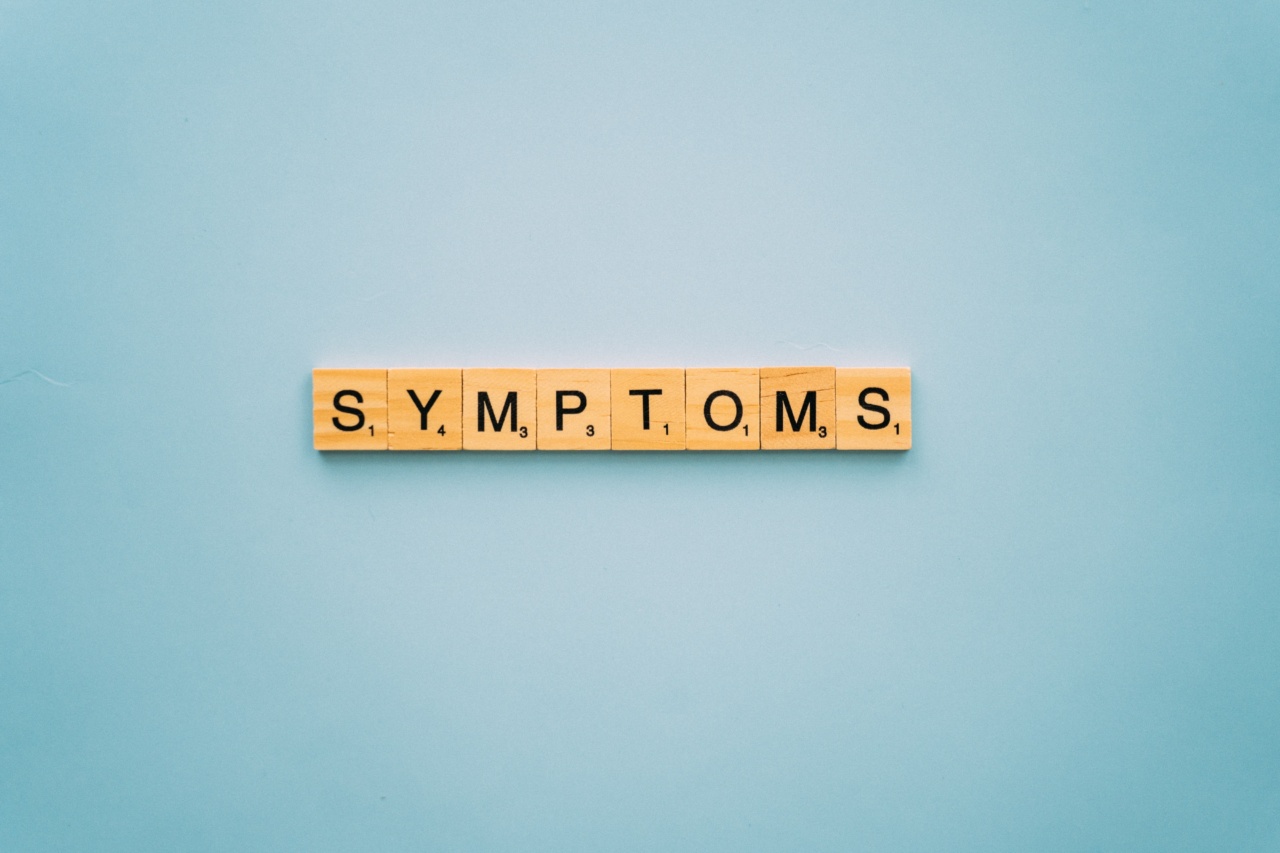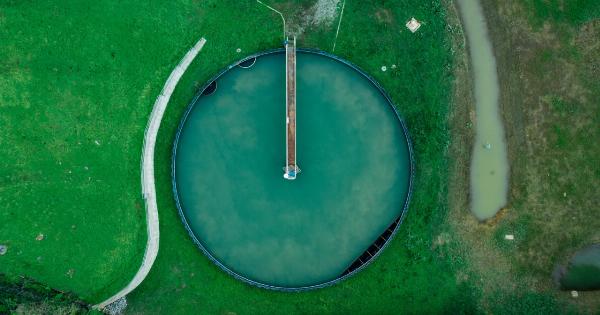Venous insufficiency is a medical condition where the veins in the legs cannot effectively pump blood back to the heart. This condition often leads to a variety of signs and symptoms that can significantly impact an individual’s quality of life.
Recognizing these signs and symptoms is important as early intervention and treatment can help manage the condition and prevent complications.
1. Varicose Veins
One of the most noticeable signs of venous insufficiency is the presence of varicose veins. These are swollen, twisted veins that often appear bluish, purple, or red in color. Varicose veins may cause aching, throbbing, or a heavy sensation in the legs.
They usually occur in the calves or thighs.
2. Leg Swelling
Swelling in the legs, ankles, or feet is a common symptom of venous insufficiency. The inadequate blood flow in the affected veins causes fluid to seep out into the surrounding tissues, leading to edema.
The swelling is usually more pronounced at the end of the day or after prolonged periods of standing or sitting.
3. Leg Pain and Fatigue
Individuals with venous insufficiency often experience leg pain and fatigue. The affected leg may feel achy, heavy, or tired, especially after prolonged periods of physical activity. The discomfort may improve with elevation or rest.
4. Itching and Skin Changes
Itchy skin and skin changes are common in venous insufficiency. The skin around the affected veins may become dry, flaky, or discolored. Over time, the skin may become thin and fragile, making it susceptible to ulcers or wounds that are slow to heal.
5. Leg Ulcers
In severe cases of venous insufficiency, leg ulcers may develop. These are open sores that typically occur around the ankle area. The ulcers may be painful and take a long time to heal.
Prompt medical attention is crucial to prevent complications of leg ulcers, such as infection.
6. Restless Legs Syndrome
Restless legs syndrome (RLS) is a condition characterized by an uncontrollable urge to move the legs, usually accompanied by uncomfortable sensations.
RLS is commonly associated with venous insufficiency, as the impaired blood flow can trigger symptoms of restless legs. These symptoms often worsen at night, leading to difficulty sleeping.
7. Spider Veins
Spider veins are similar to varicose veins but are smaller and closer to the skin’s surface. They appear as a cluster of tiny red, blue, or purple veins, resembling a spider’s web or tree branches.
While spider veins are not usually painful, they can be a sign of underlying venous insufficiency.
8. Swollen Veins
In some cases, veins affected by venous insufficiency may become visibly swollen. These swollen veins can be tender to the touch and may be accompanied by a feeling of warmth or skin redness in the affected area.
9. Slow Healing Wounds
Due to poor circulation and compromised blood flow, wounds in individuals with venous insufficiency may heal slowly. Minor cuts, bruises, or blisters may take a longer time to heal than usual, increasing the risk of infection.
10. Worsening Symptoms with Prolonged Sitting or Standing
The symptoms of venous insufficiency often worsen when individuals spend long periods sitting or standing. Lack of movement can impair blood flow, leading to increased swelling, pain, and discomfort in the legs.






























